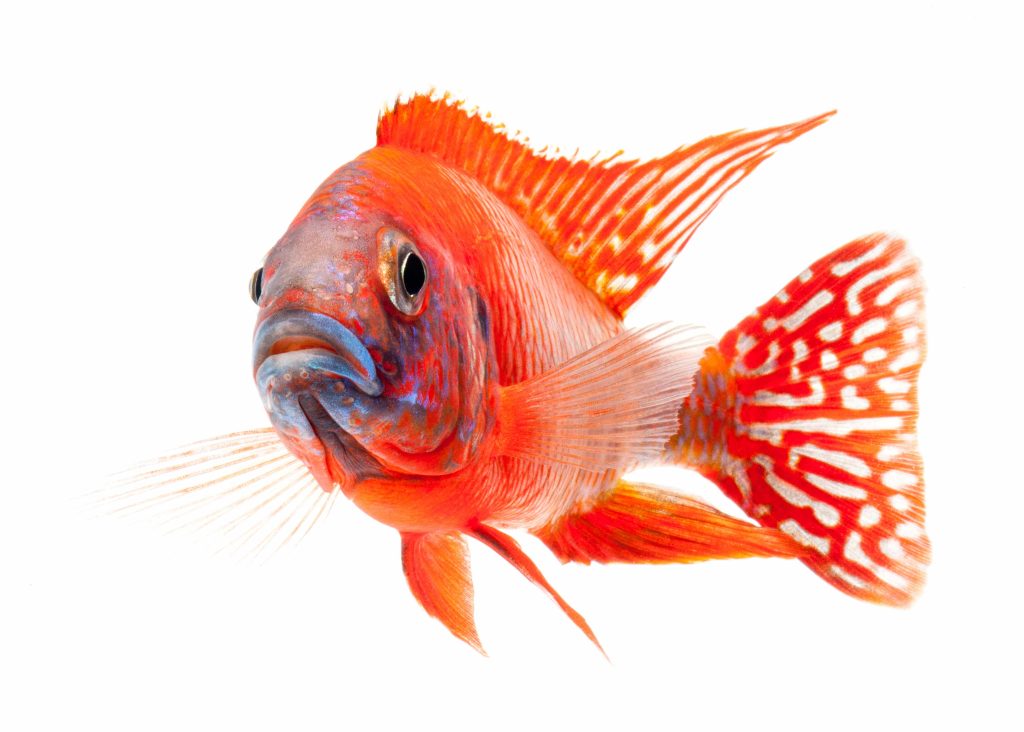A common origin shared by teeth and taste buds in a fish that has regenerative abilities has been identified by a team of researchers.
Regulated by the BMP signalling pathway, the results suggest that the oral organs have surprising regenerative capabilities and can be manipulated to express characteristics of different tissue types.
As nearly one-third of all adults over the age of 65 have lost all their teeth, the two teams set out to understand tooth renewal in animals that have replacement and regeneration capabilities.
Building on previous studies in regeneration, the researchers used cichlid fishes and mouse models and found that replacement teeth share a continuous epithelium with developing taste buds and that both organs share very similar stem cell populations.
The BMP signalling pathway acts on this shared epithelium to distinguish teeth from taste buds.
At Professor Paul Sharpe’s lab at King’s College London, mouse genetic models where BMP signalling activity is modified, showed that teeth gene expression is ectopically activated in taste buds when BMP signalling is elevated.
These findings indicate under appreciated epithelial cell populations with promising potential in bioengineering
and dental therapeutics.
Professor Sharpe, head of the Centre for Craniofacial and Regenerative Biology, said: ‘This research is an excellent example of the power of studying multiple species in order gain novel insights that can impact upon human regenerative medicine.’
The joint study between King’s College London and Georgia Institute of Technology, Atlanta was published in the journal PNAS.
































